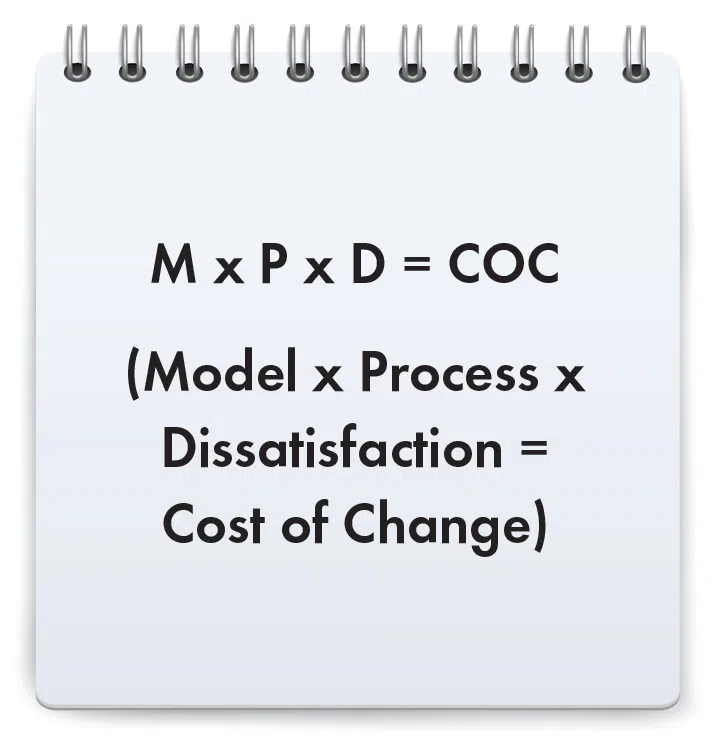Correct identification and alerting customers to imminent problems also can help.
As a contractor, I always spent a lot of time worrying about our service-callback expense. Many of the contractors I have visited are concerned about the same problem, and it is quite common for my clients to bring up the callback topic. They worry that callbacks are reducing profit and taking an inordinate amount of management time and energy. Often they are right to be concerned, as we find their callbacks are a serious problem that needs to be corrected.
First, I’ll define and distinguish the term “callback” from “warranty” because the two terms are sometimes used interchangeably.
Contractors incur callback expense when a service technician must perform no-charge service for a customer whose equipment or product was not properly repaired on a previous service call. A callback is entirely the company’s expense.
Contractors incur warranty expense when a problem occurs within the specified warranty period of a product sold and installed by a contractor. The expense can include both the product — normally either the heating or air conditioning equipment or an accessory item — and the labor to make the correction. Usually the manufacturer provides a free replacement for the defective material or part. Sometimes the manufacturer also reimburses the contractor for the labor expense. The contractor’s actual warranty expense is the net amount of the repair less any warranty reimbursement by the manufacturer.
There are two types of callbacks:
a) Technical callbacks — returning to a customer’s home or business to correct a service repair that simply did not work properly when done the first time.
b) Neglect callbacks — returning to a customer’s home or business to correct something that was neglected. It is not unusual in many companies to experience as many or even more “foolish” neglect callbacks than technical callbacks.
Here is how to address and manage service callbacks:
1) Determine which calls are callbacks. Many years ago in my contracting company while practicing management- by walking-around (popularized by Tom Peters and Robert Waterman in their book In Search of Excellence), I heard a customer-service representative on the phone with a customer say, “We were at your home only 10 days ago, so we’ll treat this as a callback, and there will be no charge.” I made a mental note of the comment and set up a short meeting the following day with the service department support staff (inside service department co-workers). At the meeting, we coined a new term: possible callback. We decided to no longer allow customer-service representatives to assume a call is a callback. No one knows whether we have a callback until a service technician has an opportunity to review the situation at the job site. Our new procedure required that the technician determine whether the call was a callback.
2) Assign the original technician to the possible callback. The only service technician who can determine for sure whether a call is a callback is the technician who made the original repair. If another technician is assigned, he is too likely to handle it as a callback because that’s the easiest way: By handling the call as a callback, he would not have to explain anything to the customer and thus avoid the unpleasantness of having to deal with an unhappy customer. However, be assured that the technician who made the original repair will not identify the call as a callback unless it really is one because a callback is a blemish on his performance.
3) Establish callbacks as an expense item on your monthly and year-to-date income statements. Expense all costs incurred by service callbacks, primarily labor and material, to this account. Then you will know for certain how much money the callbacks are costing the company.
4) Establish monthly and year-to-date service-callback tracking charts. Remember the old saying: “What gets measured is what gets done.” See the two example charts below.
| Service Callbacks: Where is training needed? |
| Jan. 1 through Sept. 30 |
| Callback type | Ken | Dan | Jose | Virgil | Sharon | Matt | Total |
| Technical: |
| A/C condensate leak | 3 | 2 | 1 | 1 | 1 | | 8 |
| Low voltage | | 6 | | 1 | | | 7 |
| Refrigerant leak | 3 | 2 | 8 | 3 | | | 16 |
| Thermostat | 1 | | | | 1 | 1 | 3 |
| Condensate pump leak | | 1 | | | 1 | | 2 |
| Neglect: |
| Left breaker off | 1 | | | 1 | 1 | 2 | 5 |
| Left job unclean | 1 | | 1 | | 1 | | 3 |
| Left blower door loose | | | | | 1 | 1 | 2 |
| Left screws out | | | | | | 1 | 1 |
| Left gas valve off | | | | | 1 | 1 | 2 |
| Total callbacks | 9 | 11 | 10 | 6 | 7 | 6 | 49 |
| Analysis: Ken, Dan, Jose, and Virgil are experienced service technicians. Sharon and Matt are maintenance technicians. Thirteen of the 49 callbacks are neglect callbacks, with nine of the 13 belonging to the maintenance technicians; the maintenance technicians need training in this area. All the technicians need additional training focused on proper soldering of refrigerant piping; Jose needs more training time on this than the others. Dan needs low-voltage training. All the technicians need training to eliminate A/C condensate leaks, which can result in expensive repairs. |
5) Plan training to address the cause of callbacks. Use the service-callback chart to determine your company’s training curriculum. By doing this, you can tailor training sessions to address specific problems that lead to callbacks and, in turn, significantly reduce your callback expense. If the service department as a whole is experiencing callbacks in a particular area, the group can be trained together. If a certain technician is experiencing callbacks in an area, but the other technicians are not, he can be trained in one-on-one sessions.
6) Establish an additional-work-required (AWR) process. AWR works like this: After the service technician determines the problem, gets authorization to make the repair, and completes the repair, he looks everything over to see if any other service or repair should be recommended to the customer. For example, after replacing a defective condenser fan motor along with the capacitor, the technician might notice that the compressor contactor is in bad condition. He would point out the problem to the customer, while informing him or her that the repair can be completed for less money while he is there — and will probably prevent an inconvenient service breakdown in the future.
Note: The AWR process is not an attempt to “load up” a repair bill. Though it can increase revenue, the AWR process is another way to provide a customer with good service. By identifying AWR to the customer, you can sometimes eliminate the problem of a perceived callback should the compressor contactor fail shortly after the condenser fan motor repair.
7) Establish a goal to reduce the number and expense of callbacks. Whatever your callback rate is (calculated as number of callbacks divided by total number of service calls) and callback expense rate (calculated as callback expense divided by total service revenues), set goals that establish how much the company should reduce the rates in six months and in 12 months. Share the goals with the technicians and involve them in the process of reducing service callbacks in your company.
| Service Callbacks: Are we getting better? |
| (*Note:% of total hours is calculated as the number of hours used performing callbacks divided by the total number of hours technicians are paid) |
| Technicians | Month of
June 2007 | Year-to-date
Jan.-June 2007 |
| Ken | 3 | 28 |
| Dan | 6 | 39 |
| Jose | 3 | 28 |
| Virgil | 1 | 19 |
| Sharon | 2 | 17 |
| Matt | 1 | 11 |
| Hours | 16 | 142 |
| * % of total hours | 1.7% | 2.5% |
Analysis: In the month of June the callback % of total hours is 1.7% compared with the six months to date of 2.5%. Callbacks are under better control and as a result the company has reduced its callback expense.
|




.webp)
